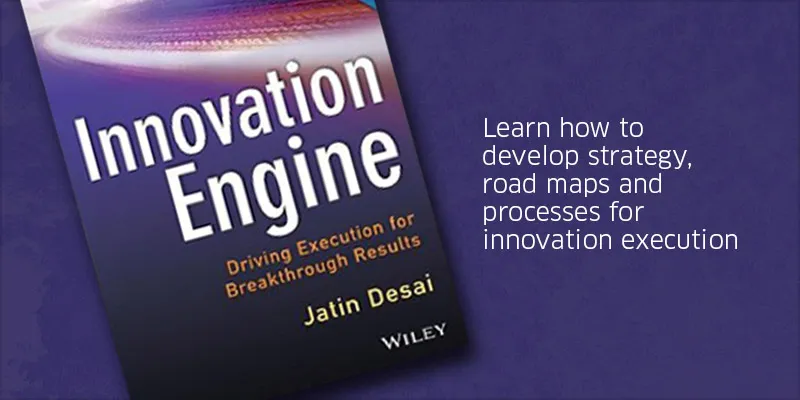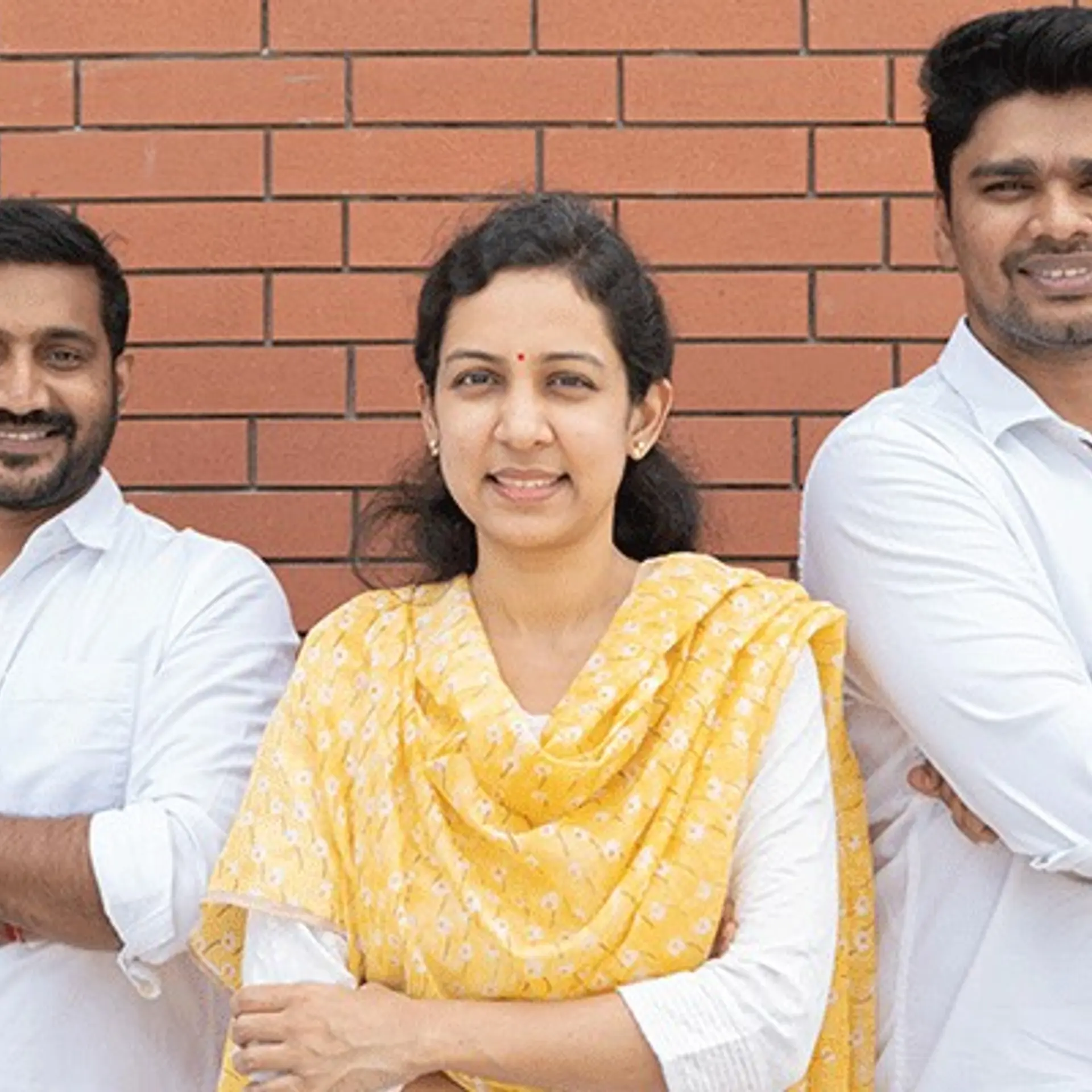Don't become extinct like Kodak - keep your innovation engine running!
Based on over two decades of experience in innovation, Jatin Desai’s comprehensive book Innovation Engine: driving execution for breakthrough results covers a wide range of innovation topics: strategy, business logic, planning execution, culture and metrics. The 10 chapters across 235 pages are packed with so many actionable ideas, references, links and resources, that one reviewer even refers to the book as the ‘wikipedia of innovation.’

Many nimble startups have grown to become MNCs, but forget their roots and values as they embrace stability and investor considerations. Those who remain innovative seem to know only one bag of tricks, and are unable to adjust to disruptive technologies, as the ICT sector has repeatedly shown. It can be hard even for innovative companies to overcome their own dominant logic, organisational orthodoxies and comfort zone of prior successful innovations, eg. rise and decline of Kodak and Smith Corona; Microsoft’s $240 million write-off of Kin phone.This innovation playbook shows entrepreneurs how to keep the rhythm of growth steady by creating new waves of ‘intrapreneurs’ in the company, sourcing radical ideas, ensuring strategic revival, and keeping the business momentum.
Just as the balanced scorecard methodology has been applied with great success to monitor and manage the key performance drivers in organisations, an innovation scorecard is needed to guide business leaders in creating the climate and culture of innovation. Organisations need to re-wire their DNA to include sustainable innovation as a distinct core competence and embed it as a regular habit, Desai urges.
Since 1983, the Desai Group has been providing solutions and mentoring in enterprise innovation. The case studies and examples in the book are drawn from the US and India. Jatin Desai was raised in Gujarat, and graduated from the University of Connecticut.
Drawing on the metaphor of an organisation as bicycle, Desai compares performance to the rear wheel and innovation to the front wheel and handlebars. As compared to performance, innovation requires a stronger focus on learning, willingness to experiment, and gathering of insights from failures. Depending on market position, Desai classifies innovators into six types: pioneer, fast follower, imitator, dependent, low-cost player, niche specialist.
Constraints to innovation include dominant logic, inability to acquire and manage new knowledge, and outdated tools and technologies. Core innovation teams should be structured with a programme head, project manager, technical lead, prototype developer, finance adviser, patent expert and insights planner (eg. ethnographer).
Leaders will need to resort to storytelling to create the sense of urgency for innovation initiatives, ignite people into action, and sustain the creative business values.
I have summarised the three key phases of the innovation engine playbook in Table 1 below, along with examples and case profiles. Each chapter also ends with thought-provoking discussion questions for innovators and organisational leaders.
Table 1: The Innovation Engine
Looking ahead, business leaders will need to adjust to fundamental changes such as outside-in conversational styles in consumer-dominated social media, ubiquitous data capabilities via Internet of things, and globalisation of communications via mobiles.
Desai also urges readers to take on ‘extreme challenges’ to innovatively solve major global problems such as food insecurity, lack of clean water, climate concerns, growth of chronic illnesses, social divides and ageing societies.
“The best leader innovators in the world have figured out how to achieve joy and happiness. They see themselves in a very grand mission at large. They feel they are co-creators of a better future for the citizens of this planet,” observes Desai.
“At the end of the day, it's all about people. Great innovators have both visible and invisible traits that need to be nurtured and supported. Find them, challenge them, motivate them, and get the organisation out of their way. Then watch what happens,” Desai advises.
The book ends by encouraging people to adopt classic Silicon Valley virtues such as playful independence, willingness to unlearn, and welcoming the painful lessons of failure.







